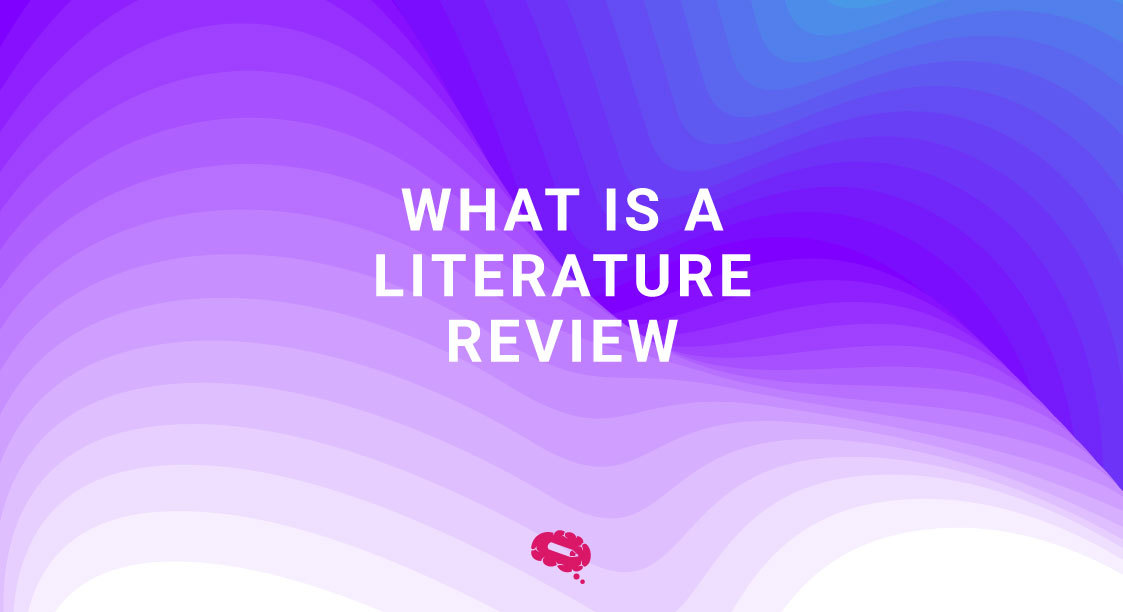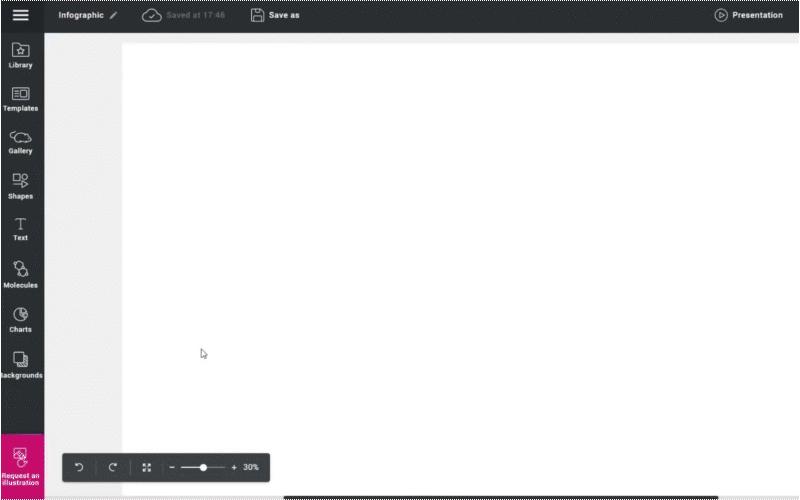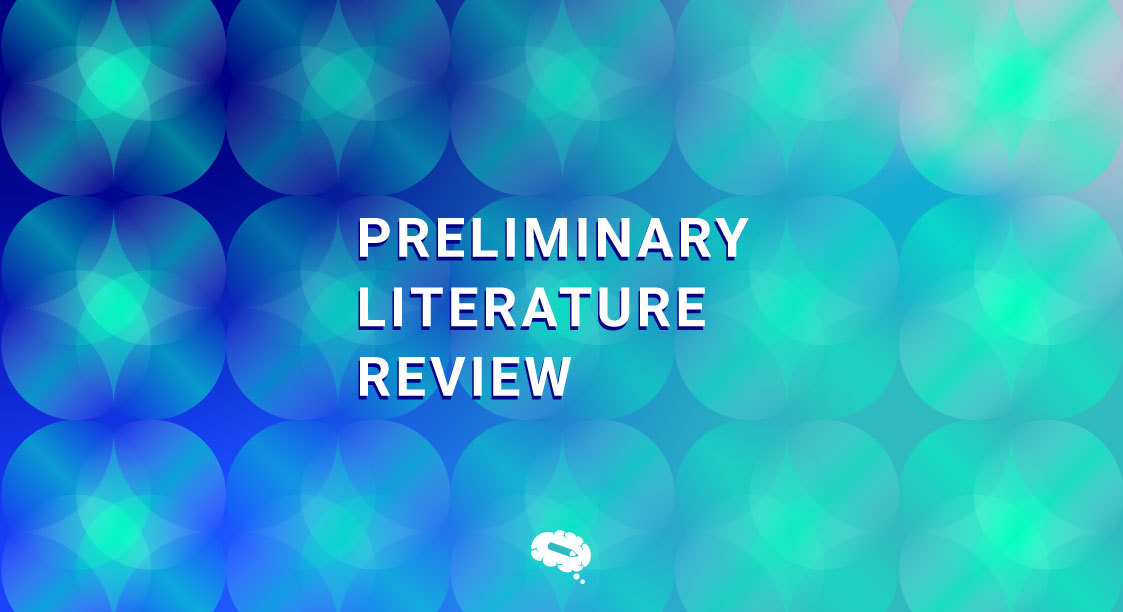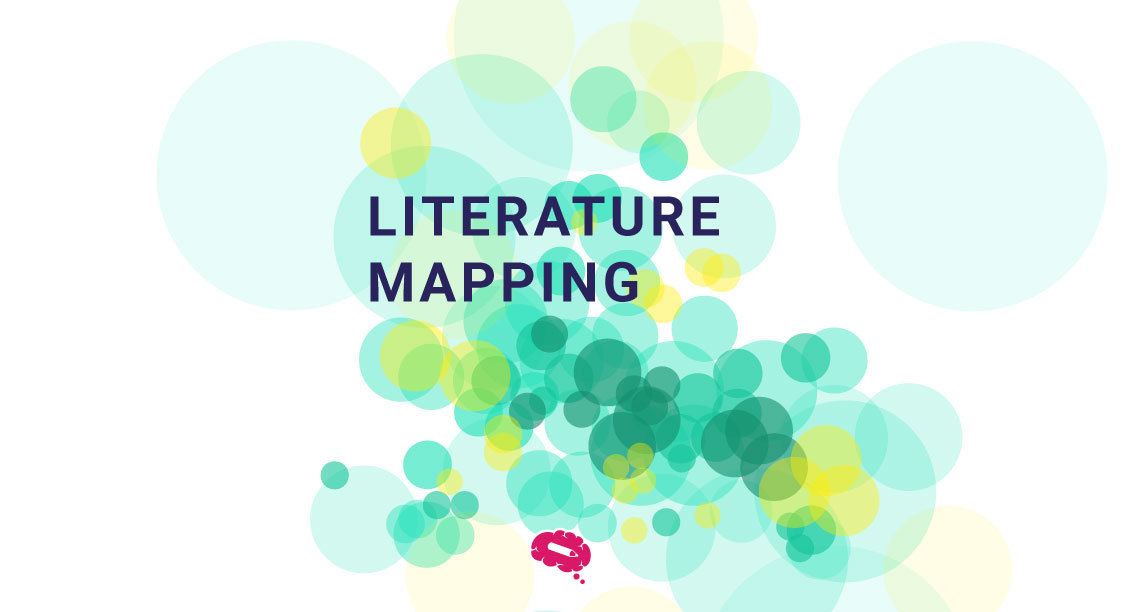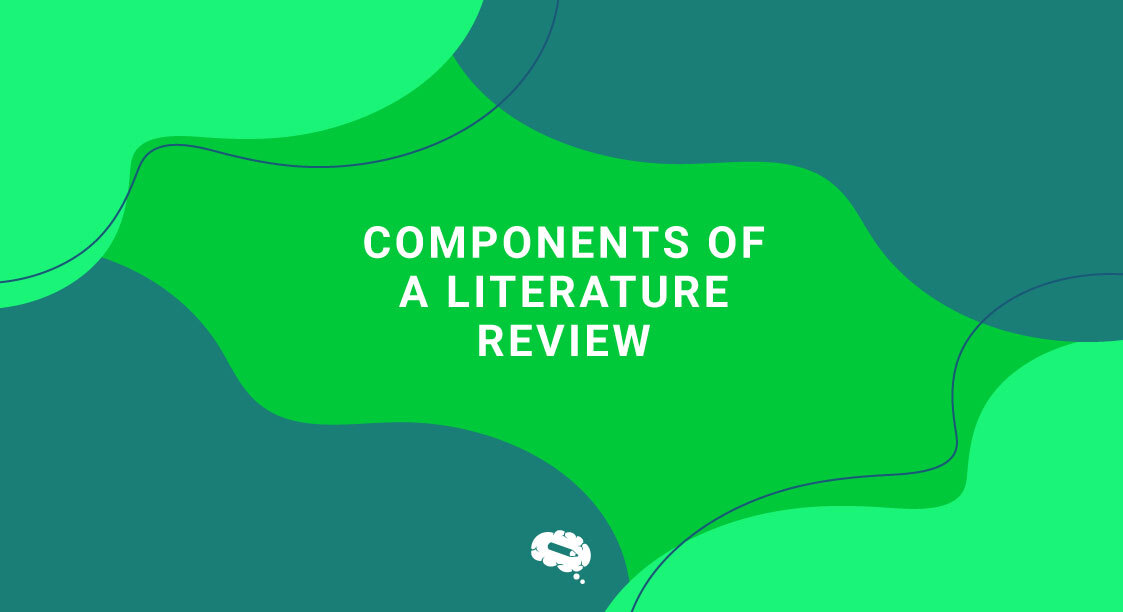The literature review provides valuable insights into the research topic, which helps to improve the quality and reliability of research outputs. It becomes critical for grounding research in the existing body of scholarship, in understanding research gaps and knowledge lacunae and suggesting areas for further inquiry.
Discover the main purpose of a literature review, its difference from annotated literature, and learn how to do it, from the concept to the writing process itself.
What is a literature review?
A literature review is a comprehensive analysis of available literature, research, and scholarly publications that are relevant to a particular topic or research question. It helps researchers to identify relevant theories, methodologies, and approaches used in previous studies and helps to shape upcoming research.
This review helps to establish a context for the research and enables the researchers to locate their work within the broader field of inquiry. It also assists in framing research objectives, developing research questions, and designing research methodology.
These are the main sources for a literature review:
- Books
- Journal articles
- Conference Proceedings
- Online Databases
Here is a link to our article How to Find Similar Research Papers. Check it out for further tips on how to improve your literature review.
What is the purpose of a literature review?
The purpose of a literature review is to provide a summary, evaluation, and critical analysis of existing research on a particular field or some of its questions. It aims to identify gaps, inconsistencies, and areas that require further investigation while also providing an overview of the existing knowledge in the field. Ultimately, a literature review is a critical tool for researchers and scholars as they seek to advance knowledge in their pitches.
The literature review helps:
Identifying gaps in research
The literature review helps to identify gaps in the existing research, which can inform the focus of the study.
Providing context
The review of existing literature helps to provide context and background information regarding the research topic and its significance.
Demonstrating knowledge
The thorough review of the literature demonstrates the researcher’s knowledge of the field and their ability to critically analyze and synthesize research.
Guiding research design
The literature review helps in guiding the research design, including the research question, methodology, and data analysis.
Generating research ideas
The literature review can generate new research ideas and hypotheses that can be tested in future studies.
Avoiding duplication of research
Reviewing existing literature is important to avoid duplicating previous research and to contribute to the advancement of knowledge in the field.
Literature review vs annotated bibliography
A literature review is an in-depth analysis of research and theories of a particular pre-studied subject. It explains current and significant findings on a specific topic, identifies trends, gaps, and biases, and provides the background for the research.
On the other hand, an annotated bibliography is a list of sources with a brief summary and evaluation of each one. It is a systematic way of organizing sources and helps in identifying their relevance and credibility.
The annotations describe, analyze, and evaluate the sources, providing the reader with a brief indication of the usefulness and quality of the source.
Therefore, the key difference between a literature review and an annotated bibliography is that a literature review is a comprehensive analysis of existing research for a particular subject, whereas an annotated bibliography is a collection of sources that provides a brief summary of each source’s content and its usefulness to the topic.
How to do a literature review?
Doing a literature review in person
- Start by identifying the key sources you need to review. You can do this through online searches or by consulting with subject matter experts.
- Visit academic libraries, archives, and research centers to access relevant print journals or books.
- Take detailed notes on key points, arguments, and evidence presented in the sources.
- Organize your notes into a structured outline, thematic or chronological, to facilitate synthesis and analysis.
- Evaluate the strengths and weaknesses of the sources, identify gaps in the literature, and document your findings.
Doing a literature review through email
- Identify key contacts, such as authors, editors, or subject matter experts, who can provide you with relevant information or refer you to additional sources.
- Draft a concise and clear email message, introducing yourself, explaining the purpose of your inquiry, and requesting any specific information you need.
- Follow up with polite reminders if you do not receive a response within a reasonable timeframe.
- Keep track of all communications, including timestamps, responses, and any additional materials received.
- Evaluate the relevance, credibility, and reliability of the information obtained, and ensure you appropriately cite and attribute any sources used.
The writing of a literature review
To concept a literature review, the first step is to select a research topic that interests you. After selecting the topic, it is important to define the key terms and concepts related to it. This will ensure that your review is focused and thorough. Then, you need to find relevant sources of information.
The next step is to develop a search strategy to identify the relevant literature, which includes selecting the appropriate databases, journals, and keywords to use. You should also determine the criteria for including or excluding sources based on their relevance to the research question.
Once you have a list of potential sources, you need to critically evaluate them, analyze the information and data collected, and synthesize the results to provide a comprehensive and unbiased summary of the existing literature on the topic.
Finally, you should present your findings in a clear and organized manner, highlighting the gaps and limitations in the existing literature and suggesting avenues for further research.
This is an example of how to write it:
I. Introduction
A. Background information on the topic
B. Thesis statement
II. Literature Review
A. Overview of the existing research
B. Analysis of the gaps in the research
C. The significance of the research
III. Research Methodology
A. Research design
B. Research participants
C. Data collection instruments
D. Data analysis methods
IV. Results
A. Presentation of the research findings
B. Data analysis and interpretation
C. The relationship between the findings and the research questions
V. Discussion
A. Summary of the research findings
B. Comparison with previous research
C. Limitations and implications of the study
D. Suggestions for future research
VI. Conclusion
A. Summary of the main points
B. Relevance of the research
C. Final remarks
VII. References
A. List of all cited sources
B. Format according to the preferred style e.g., APA, MLA, et al.
Scientifically accurate infographics in just a few clicks
Conventional scientific communication frequently depends on the dense text and complicated data tables, which can be difficult to grasp for many individuals. Mind the Graph platform makes this process easier by allowing scientists to produce clear and aesthetically attractive visuals such as infographics, posters, figures, and diagrams. By using Mind the Graph, scientists communicate their findings to a wider audience in a very clever way.

Subscribe to our newsletter
Exclusive high quality content about effective visual
communication in science.

